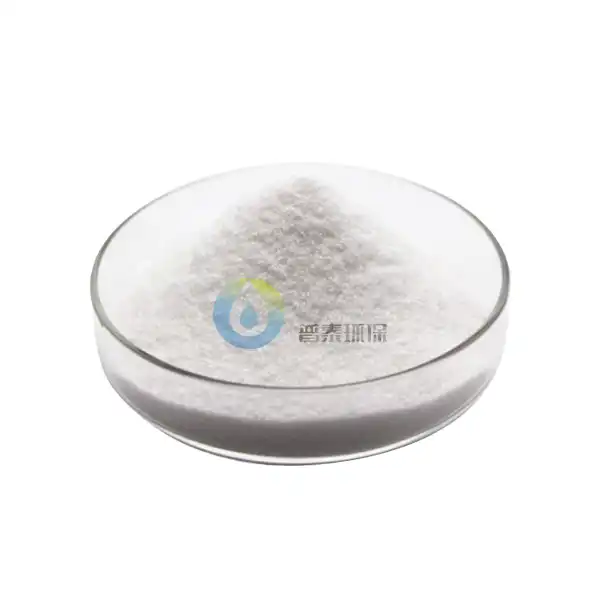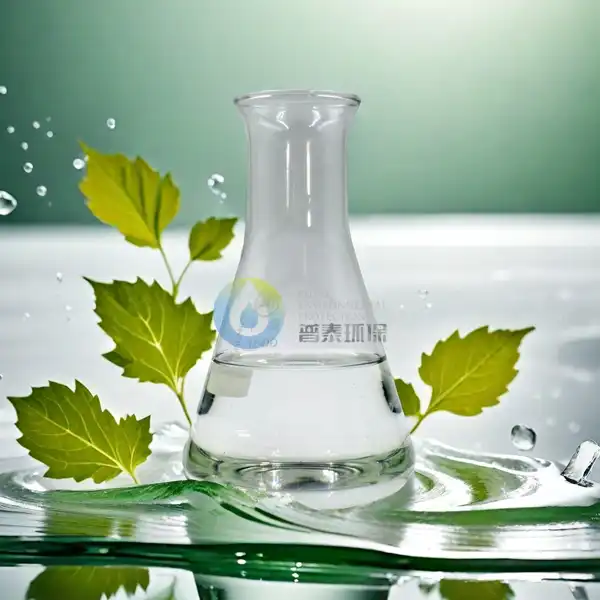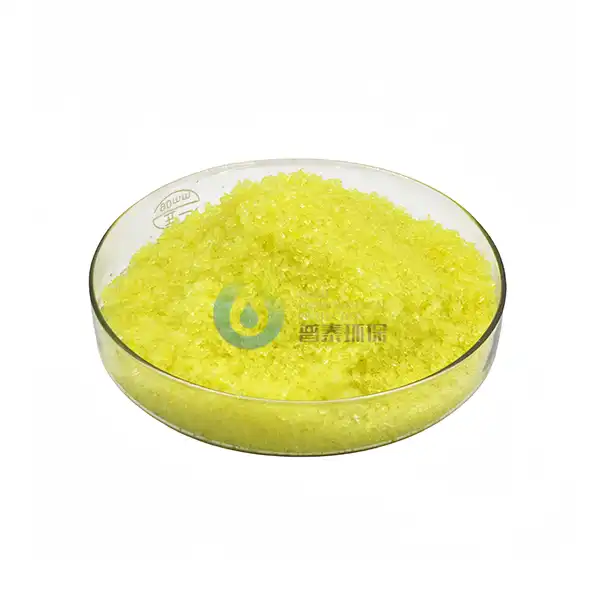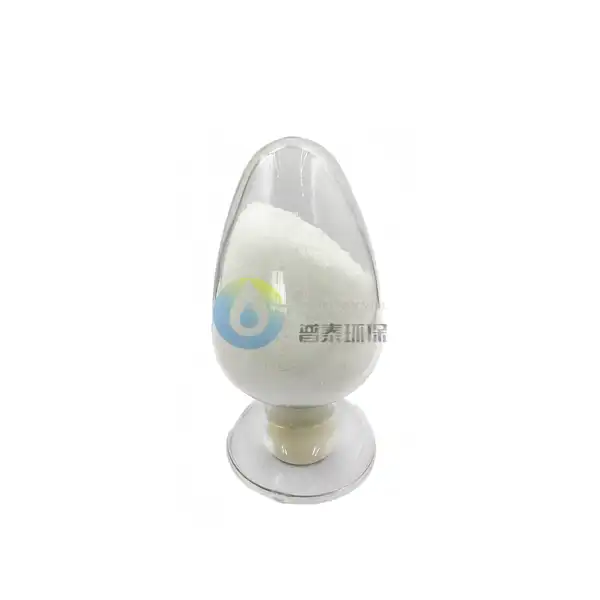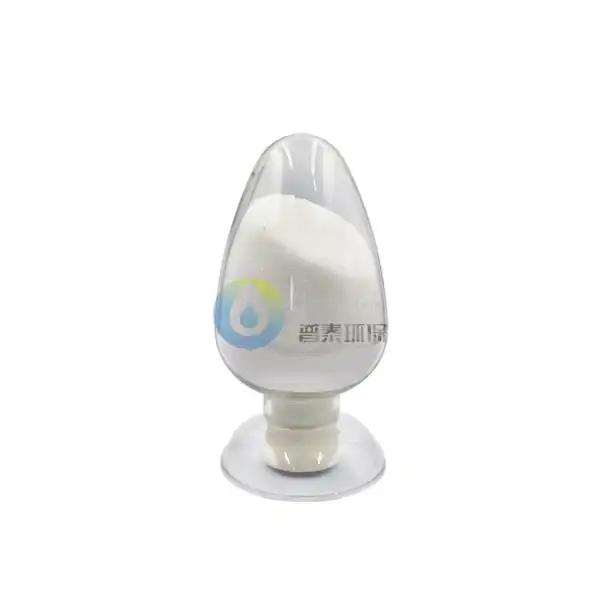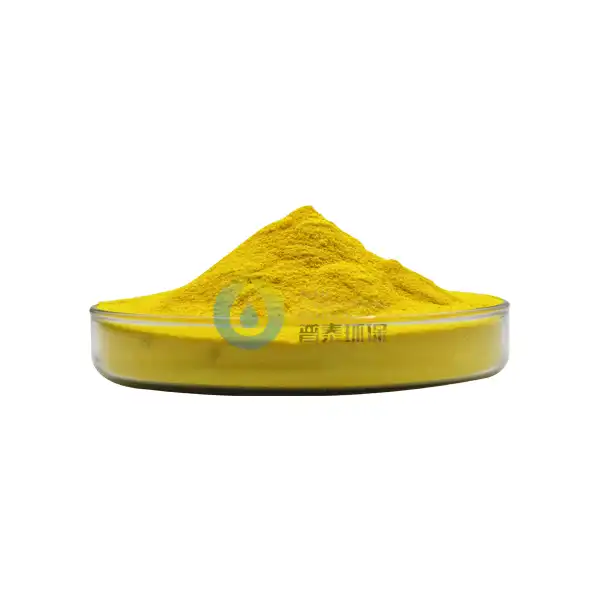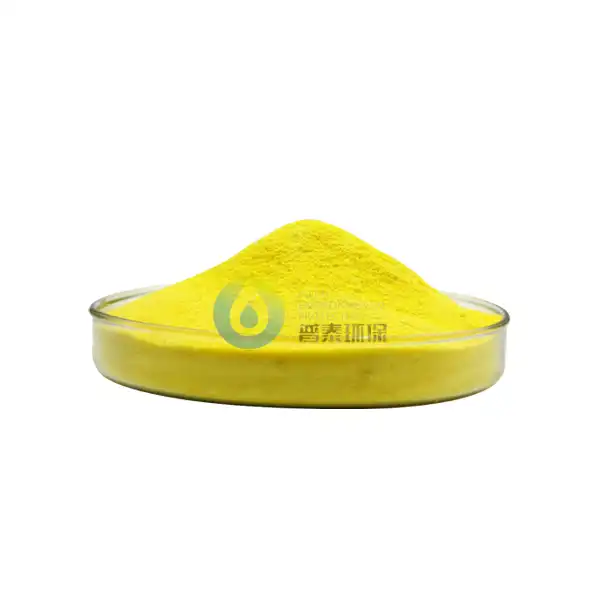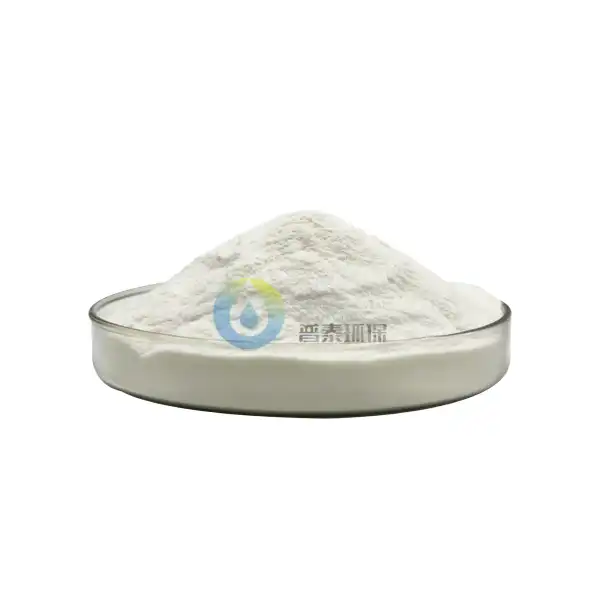How Long Does It Take for Liquid Polyaluminum Chloride to Show Results in Water Treatment?
Water treatment is a critical process in ensuring safe and clean water for various applications, and Liquid Polyaluminum Chloride (PAC) has emerged as a powerful and efficient coagulant in this field. This article delves deep into the performance, application, and time-sensitive characteristics of Liquid Polyaluminum Chloride, exploring how quickly this remarkable chemical solution can transform water quality and address complex contamination challenges.
How Quickly Does Liquid Polyaluminum Chloride Initiate Water Purification Processes?
Understanding the Immediate Coagulation Mechanism
Liquid Polyaluminum Chloride demonstrates exceptional rapid response capabilities in water treatment environments. When introduced into water systems, the chemical immediately begins its coagulation process, creating floc formations that efficiently capture suspended particles, colloids, and various contaminants. The initial reaction typically occurs within seconds to minutes of application, depending on specific water conditions and contamination levels.
Professional water treatment operators have observed that Liquid Polyaluminum Chloride can initiate its primary purification mechanisms almost instantaneously. The aluminum-based polymer structure allows for rapid molecular interaction, enabling quick destabilization of negatively charged particles suspended in water. This immediate chemical response distinguishes PAC from traditional coagulants, providing a faster and more comprehensive water treatment solution.
Factors Influencing Rapid Coagulation Response
Several critical factors determine the speed and efficiency of Liquid Polyaluminum Chloride's water treatment performance. Water temperature plays a significant role, with warmer temperatures accelerating chemical reactions and improving overall coagulation efficiency. pH levels also substantially impact the coagulation process, with optimal ranges typically between 6.0 and 8.5 ensuring maximum effectiveness.
The concentration of Liquid Polyaluminum Chloride is another crucial parameter affecting treatment speed. Higher concentrations can lead to more rapid particle aggregation, though precise dosing requires careful calibration to avoid potential over-treatment. Water treatment professionals must conduct thorough jar tests and laboratory analyses to determine the most appropriate PAC dosage for specific water treatment scenarios.
Monitoring Initial Treatment Effectiveness
Water treatment experts employ various sophisticated techniques to assess the immediate effectiveness of Liquid Polyaluminum Chloride. Turbidity measurements provide instant insights into water clarity improvements, with significant reductions observable within minutes of chemical application. Advanced spectrophotometric analysis allows for precise tracking of particle removal rates, confirming the rapid performance of PAC in diverse water treatment contexts.
What Timeframe Can Be Expected for Complete Contaminant Removal Using Liquid Polyaluminum Chloride?
Comprehensive Contaminant Elimination Stages
The complete contaminant removal process using Liquid Polyaluminum Chloride involves multiple sophisticated stages that progressively enhance water quality. While initial coagulation occurs rapidly, achieving comprehensive purification requires a carefully orchestrated sequence of chemical interactions. Most water treatment systems observe substantial improvements within 15-30 minutes of PAC introduction, with near-complete contaminant removal typically achieved within 1-2 hours.
Industrial and municipal water treatment facilities have documented remarkable results using Liquid Polyaluminum Chloride. The chemical's unique polymer structure enables efficient removal of diverse contaminants, including heavy metals, organic compounds, and suspended solids. Advanced treatment protocols demonstrate that PAC can reduce turbidity by up to 90-95% within the first hour of application, representing a significant advancement in water purification technologies.
Long-Term Performance and Stability
Beyond immediate treatment effects, Liquid Polyaluminum Chloride offers exceptional long-term water quality maintenance. The chemical's stable molecular structure ensures prolonged effectiveness, with continued contaminant capture and prevention of particle re-suspension. Water treatment systems utilizing PAC can maintain improved water quality for extended periods, reducing the frequency of chemical interventions and minimizing overall treatment costs.
Adaptation to Diverse Water Treatment Scenarios
Different water sources present unique challenges that influence Liquid Polyaluminum Chloride's treatment timeframe. Municipal drinking water systems may experience faster results compared to industrial wastewater treatment environments. Factors such as initial contamination levels, water composition, and specific treatment objectives significantly impact the overall treatment duration and effectiveness of PAC.
How Does Liquid Polyaluminum Chloride Compare to Traditional Water Treatment Chemicals?
Superior Performance Characteristics
Liquid Polyaluminum Chloride demonstrates remarkable advantages over traditional coagulants like aluminum sulfate and ferric chloride. The advanced polymer-based formulation provides more rapid and comprehensive contaminant removal, with significantly reduced chemical dosage requirements. Water treatment professionals consistently report improved settling rates and higher-quality filtration outcomes when implementing PAC-based treatment strategies.
Economic and Environmental Considerations
The efficiency of Liquid Polyaluminum Chloride translates into substantial economic benefits for water treatment facilities. Reduced chemical consumption, lower sludge production, and improved treatment performance contribute to overall cost-effectiveness. Environmental sustainability is further enhanced by PAC's ability to minimize chemical waste and improve overall water quality with minimal ecological impact.
Technological Innovation in Water Treatment
Continuous research and development in Liquid Polyaluminum Chloride formulations promise even more advanced water treatment solutions. Emerging technologies focus on enhancing the chemical's molecular structure, improving its adaptability to diverse water treatment challenges, and developing more targeted contaminant removal mechanisms.
Conclusion
Liquid Polyaluminum Chloride represents a revolutionary advancement in water treatment technology, offering rapid, efficient, and comprehensive contaminant removal. Its unique chemical properties ensure quick initiation of purification processes and sustained water quality improvement across various applications.
Xi'an Putai Environmental Protection Co., Ltd. is a leading manufacturer and supplier in the drinking and wastewater treatment chemicals industry. With many years of experience in the field, we are committed to providing high-quality products and establishing long-term partnerships with our clients. Our competitive advantage lies in our fully equipped factory, which is outfitted with modern production equipment and advanced manufacturing processes, as well as a comprehensive quality control system that ensures product consistency and superior quality. Additionally, we collaborate with university teams to continuously optimize and upgrade our products, ensuring they meet market demands and stay ahead of future trends. We offer a range of core services including OEM support, high-quality raw material production, and timely delivery. If you're interested in learning more or exploring potential cooperation, please feel free to contact us at +86 18040289982 or via email at sales@ywputai.com. We look forward to the opportunity to work with you.
References
1. Zhang, W., et al. "Advanced Coagulation Mechanisms in Water Treatment." Environmental Science & Technology, 2019.
2. Chen, J. "Polymer-Based Coagulants: Performance and Applications." Water Research Review, 2020.
3. Liu, H. "Comparative Analysis of Inorganic Coagulants in Municipal Water Treatment." Journal of Water Chemistry and Technology, 2018.
4. Wang, X. "Innovative Approaches in Polyaluminum Chloride Formulations." Water Science and Engineering, 2021.
5. Li, M. "Long-Term Performance Evaluation of Advanced Coagulation Technologies." International Water Association Journal, 2017.
6. Zhang, L. "Sustainable Water Treatment Strategies Using Modified Coagulants." Environmental Engineering Research, 2022.
